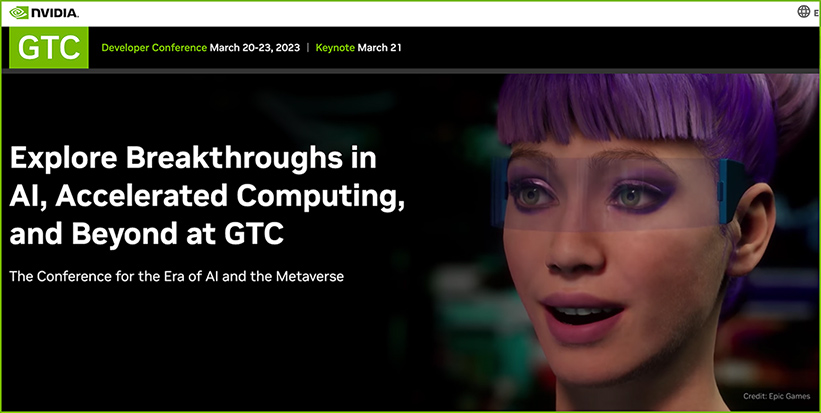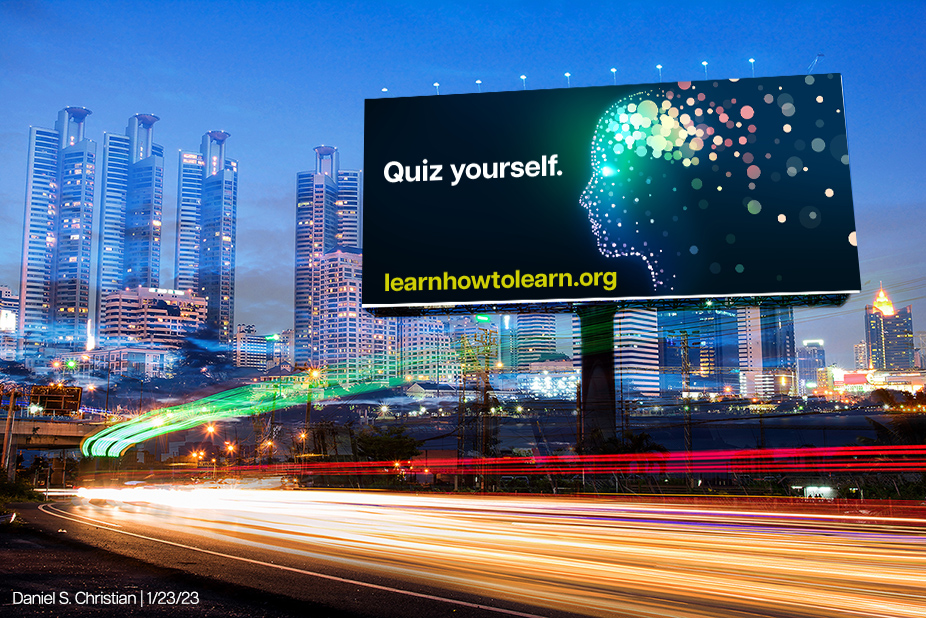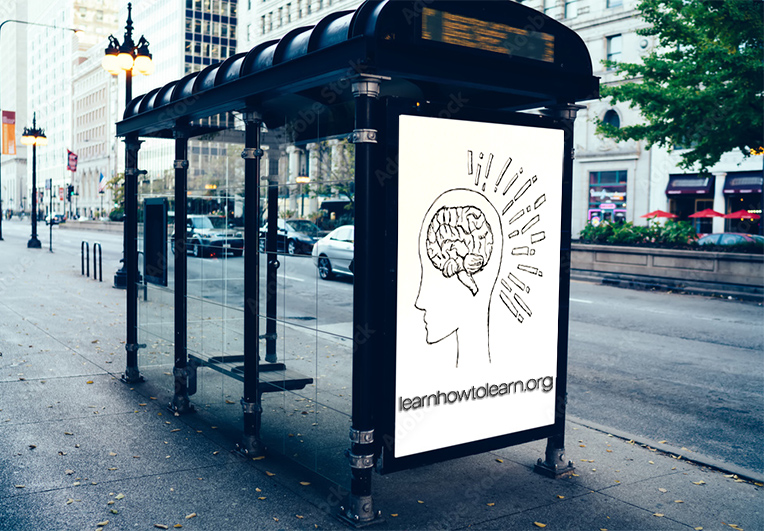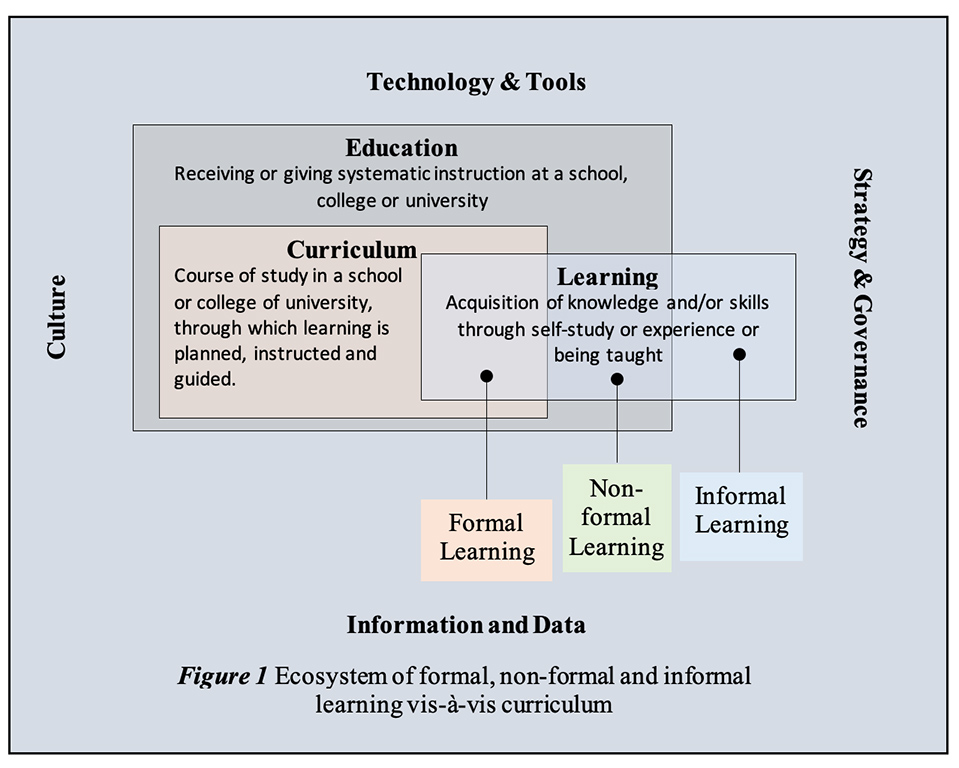a big deal: @elonmusk, Y. Bengio, S. Russell, ??@tegmark?, V. Kraknova, P. Maes, ?@Grady_Booch, ?@AndrewYang?, ?@tristanharris? & over 1,000 others, including me, have called for a temporary pause on training systems exceeding GPT-4 https://t.co/PJ5YFu0xm9
— Gary Marcus (@GaryMarcus) March 29, 2023
The above Tweet links to:
Pause Giant AI Experiments: An Open Letter — from futureoflife.org
We call on all AI labs to immediately pause for at least 6 months the training of AI systems more powerful than GPT-4.
Elon Musk, Steve Wozniak and dozens of top scientists concerned about the technology moving too fast have signed an open letter asking companies to pull back on artificial intelligence. @trevorlault reports on the new A.I. plea. pic.twitter.com/Vu9QlKfV8C
— Good Morning America (@GMA) March 30, 2023
However, the letter has since received heavy backlash, as there seems to be no verification in signing it. Yann LeCun from Meta denied signing the letter and completely disagreed with the premise. (source)
Nope.
I did not sign this letter.
I disagree with its premise. https://t.co/DoXwIZDcOx— Yann LeCun (@ylecun) March 29, 2023
In Sudden Alarm, Tech Doyens Call for a Pause on ChatGPT — from wired.com by Will Knight (behind paywall)
Tech luminaries, renowned scientists, and Elon Musk warn of an “out-of-control race” to develop and deploy ever-more-powerful AI systems.
1/The call for a 6 month moratorium on making AI progress beyond GPT-4 is a terrible idea.
I'm seeing many new applications in education, healthcare, food, … that'll help many people. Improving GPT-4 will help. Lets balance the huge value AI is creating vs. realistic risks.
— Andrew Ng (@AndrewYNg) March 29, 2023


















